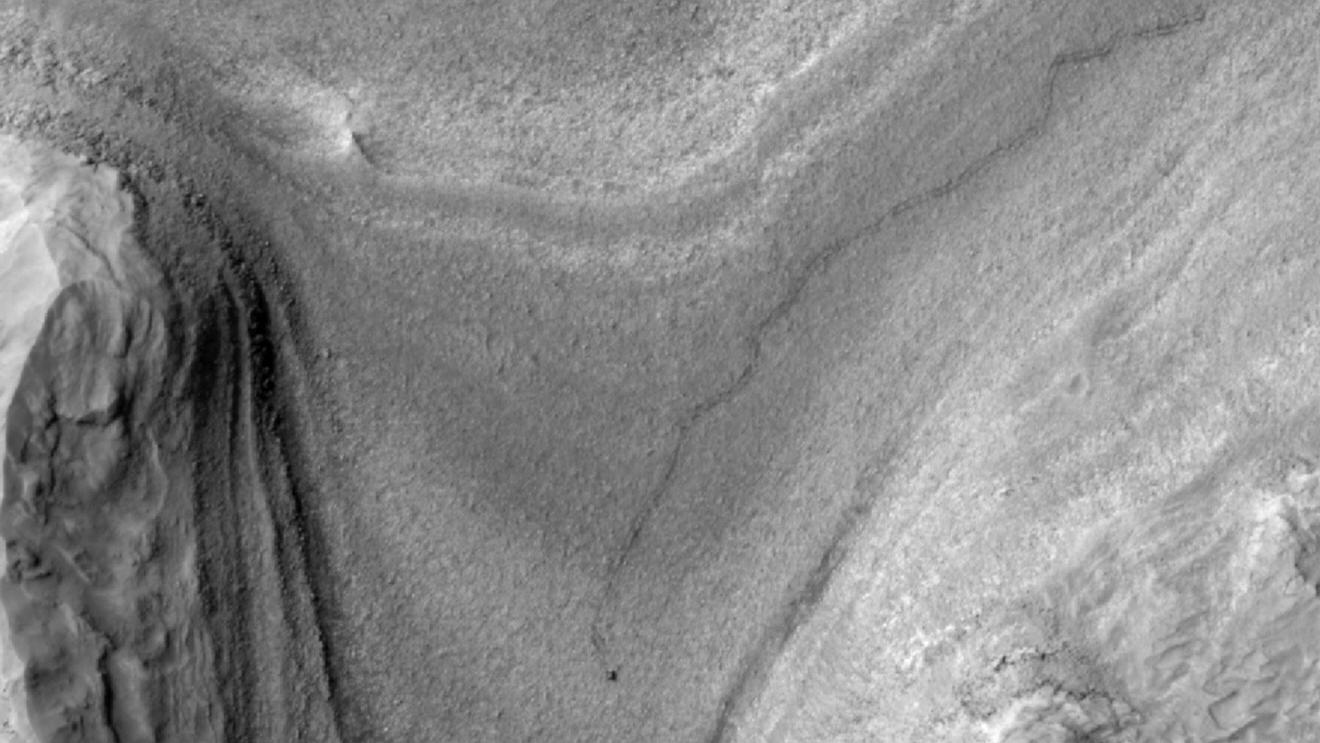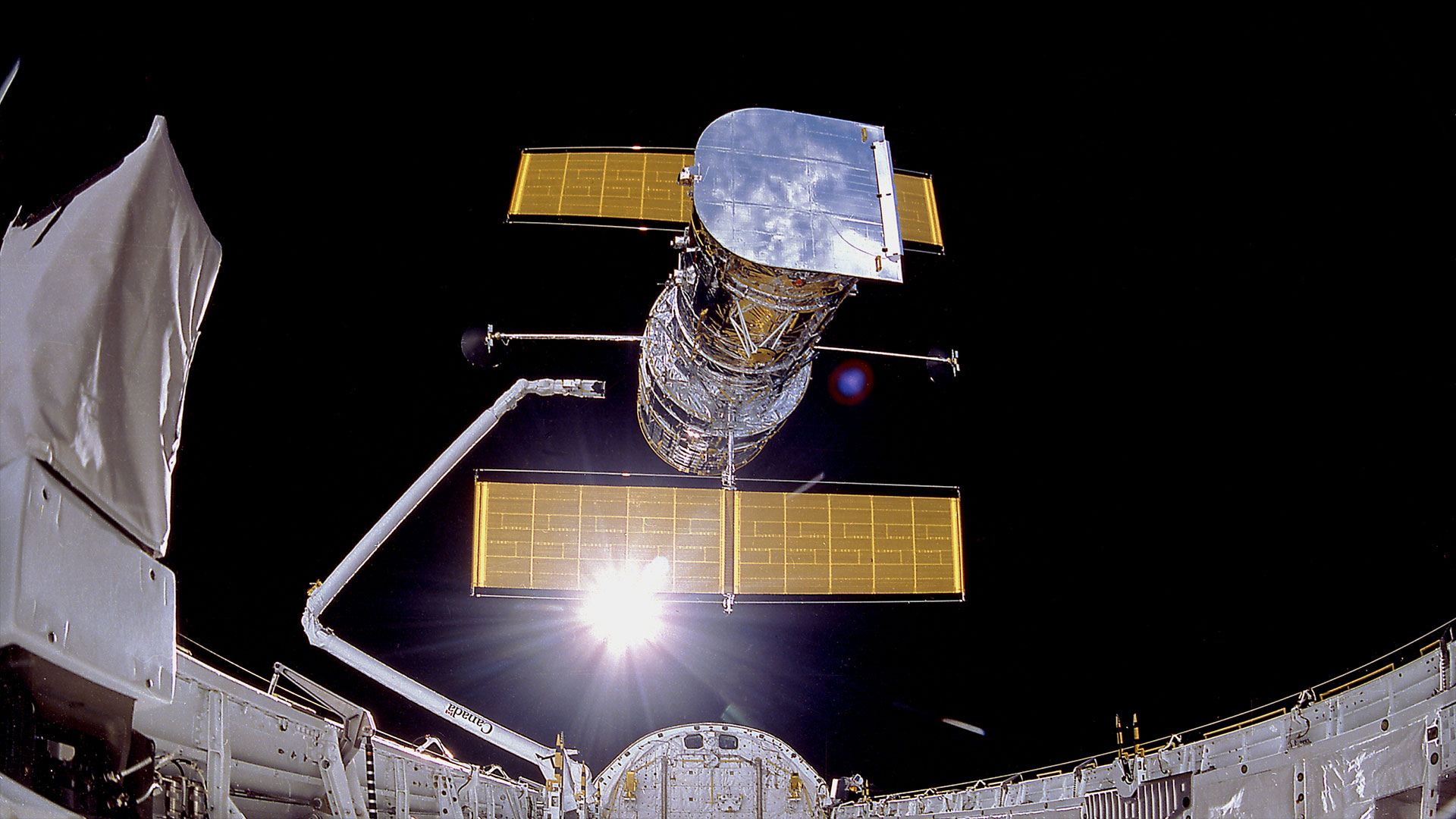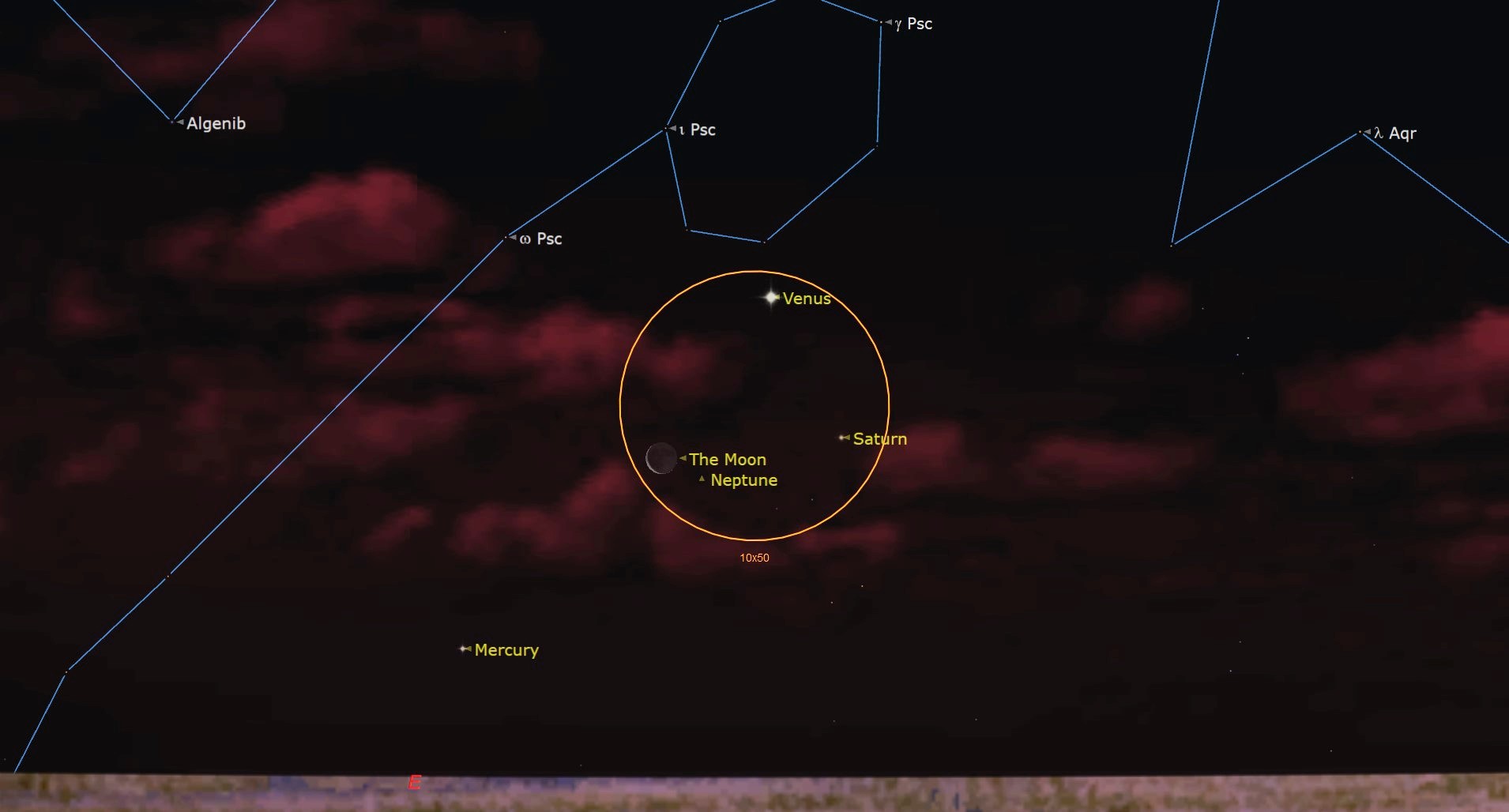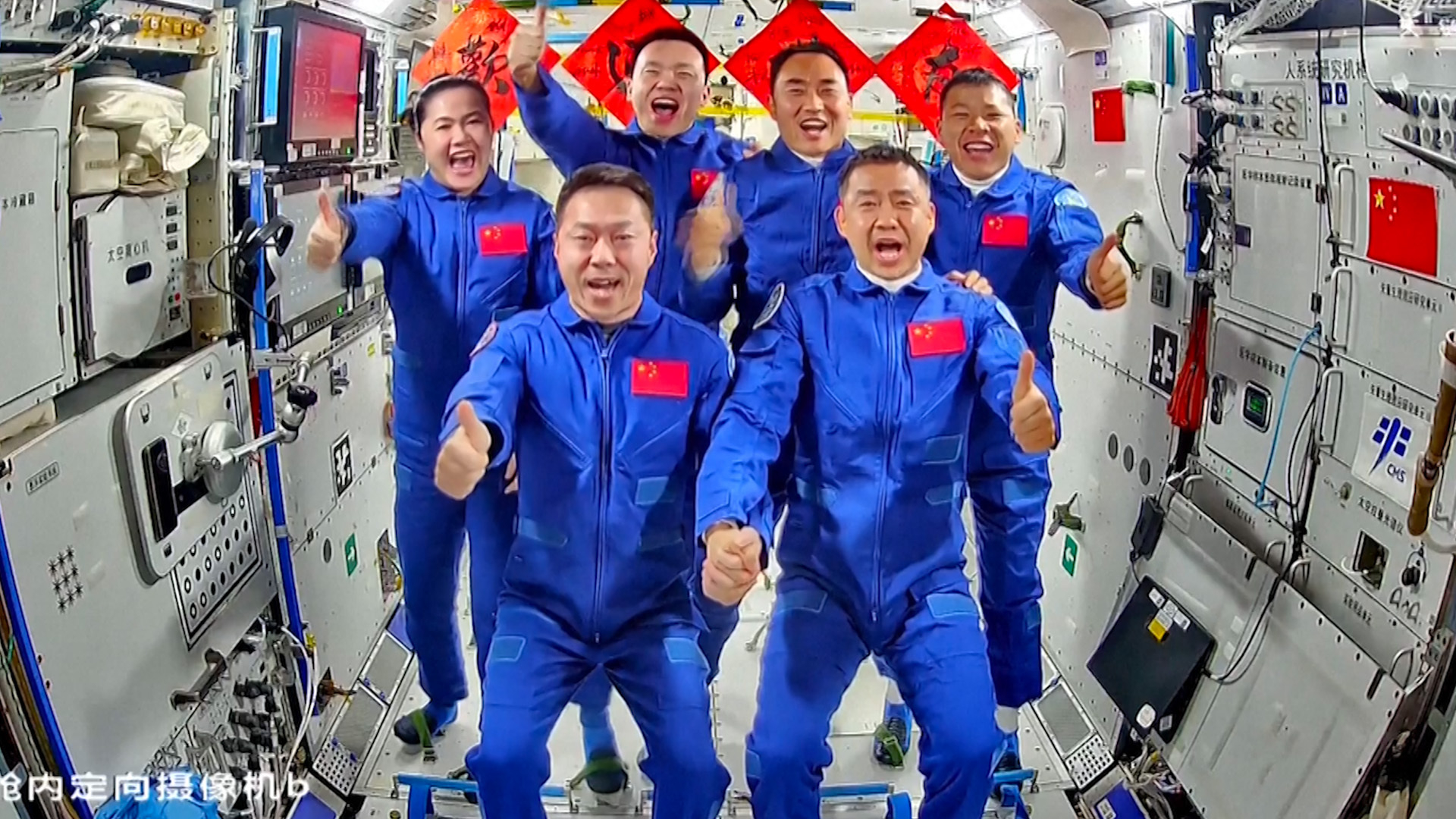NASA Considers Stowaway Finalists for LRO Launch
With extra room available on the rocket that will launch theLunar Reconnaissance Orbiter in late 2008, NASA is evaluating four proposalsfor low-cost spacecraft small enough to be stowaways on the mission.
NASA plans to launch the Lunar Reconnaissance Orbiter oneither an Atlas
5 or Delta 4 rocket in October 2008. Mark Borkowski,director of NASA's Robotic Lunar Exploration Program, said either rocket shouldhave room for another 1,000 kilograms worth of secondary payloads.
Not wanting to waste what essentially amounts to a free rideto the Moon for one lucky spacecraft, NASA asked its 10 regional field centersin late January to submit proposals for low-cost hitchhiker missions beneficialto the U.S. space agency's lunar exploration goals.
"There are a lot of pieces of information we'd like tohave about the Moon and if we can get any of that information sooner and at alower cost, that would be an advantage," Borkowski said.
NASA received 19 "pretty freakin' exciting"proposals within a matter of weeks, according to Borkowski, and by lateFebruary had selected four finalists for a closer look. The finalists were dueto present additional information to NASA the week of March 20. Borkowski saidNASA intends to make its selection by early April and give the chosen teamauthority to proceed.
If that seems like a rather fast turnaround for solicitingand selecting a space mission, Borkowski said that is the point.
Get the Space.com Newsletter
Breaking space news, the latest updates on rocket launches, skywatching events and more!
"We want to see if the quick-response, low-cost way ofdoing business will work for the exploration initiative," he said.
While the Lunar Reconnaissance Orbiter's launch vehicle willhave room for multiple secondary payloads, Borkowski said only one of the fourfinalists - if that - can expect to make the cut.
"It's ambitious to free up budget for one," hesaid. "Freeing up budget for two might be a bridge to far."
Borkowski said the field center-led teams were given abudget target of $50 million and an "absolute upper limit" of $80million for doing their proposed mission. NASA would fund the mission out ofthe Robotic Lunar Exploration Program budget, which would grow to $272 millionin 2007 under the agency's spending request now before Congress.
Neither Borkowski nor the field centers would say much about the mission concepts since they were still in competition.
A Feb. 23 e-mail that NASA's associate administrator forexploration, Scott "Doc" Horowitz, sent to NASA field centerdirectors identified the four finalists as: the Lunar Crater Observation andSensing Satellite; the Lunar Explorer for Elements and Hazards; Lunar Explorer;and Lunar Impactor.
NASA's Moffett Field, Calif.-based Ames Research Centerproposed the first two missions on the list. The last two missions wereproposed by Goddard Space Flight Center and the Jet Propulsion Laboratoryrespectively.
Borkowski said three of the four candidate missions would befocused in whole or in part on "the water question." If water ice ispresent in the permanently shadowed craters at the lunar poles as NASA suspects,it would be a valuable resource for extended stays, making it possible toproduce potable water, breathable air and rocket propellant on the Moon.
Hunting for water ice is one of the main objectives of theMoon-mapping Lunar Reconnaissance Orbiter.
While details about the proposed missions are being closelyheld, Borkowski did say that all four of the finalists would make use of asecondary payload adapter ring that the U.S. Air Force developed for the Atlas5 and Delta 4.
The EELV Secondary Payload Adapter, or ESPA, hasaccommodations for up to six small satellites. The structure was developed bythe U.S. Air Force Laboratory but has yet to fly.
But that is expected to change later this year. The Atlas 5rocket slated to launch the U.S. Defense Advanced Research Project Agency'sOrbital Express spacecraft from Cape Canaveral, Fla., also will be carrying anESPA ring laden with five small experimental satellites.
Borkowski said one of the four finalists is proposing toturn the ESPA ring into a satellite by outfitting the structure with thenecessary subsystems. That idea, while untested, is not new. The U.S. Air ForceResearch Laboratory has a project called the Deployable Structures Experimentin development that would use the ESPA ring as the hub of an Earth-orbitsatellite equipped with multiple instruments.
At least some of the proposed missions NASA is consideringwould leave room for the ESPA ring to carry additional secondary payloads.
"There are several options, some of which might leaveroom and mass available for others, and some which do not" Borkowski said."After we make our decisions, we would then consider other opportunitieson a case-by-case basis. Until then, we don't know enough to offer potentiallyopen 'slots' to other users."
Join our Space Forums to keep talking space on the latest missions, night sky and more! And if you have a news tip, correction or comment, let us know at: community@space.com.
Brian Berger is the Editor-in-Chief of SpaceNews, a bi-weekly space industry news magazine, and SpaceNews.com. He joined SpaceNews covering NASA in 1998 and was named Senior Staff Writer in 2004 before becoming Deputy Editor in 2008. Brian's reporting on NASA's 2003 Columbia space shuttle accident and received the Communications Award from the National Space Club Huntsville Chapter in 2019. Brian received a bachelor's degree in magazine production and editing from Ohio University's E.W. Scripps School of Journalism.









